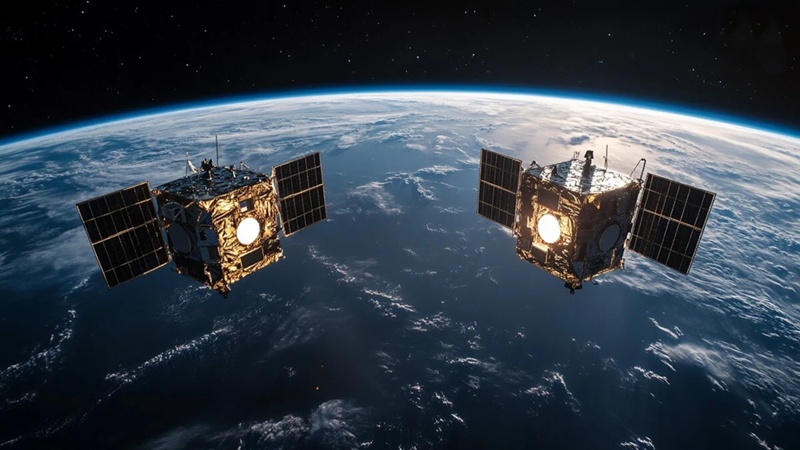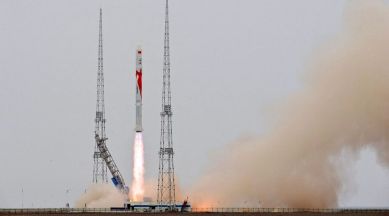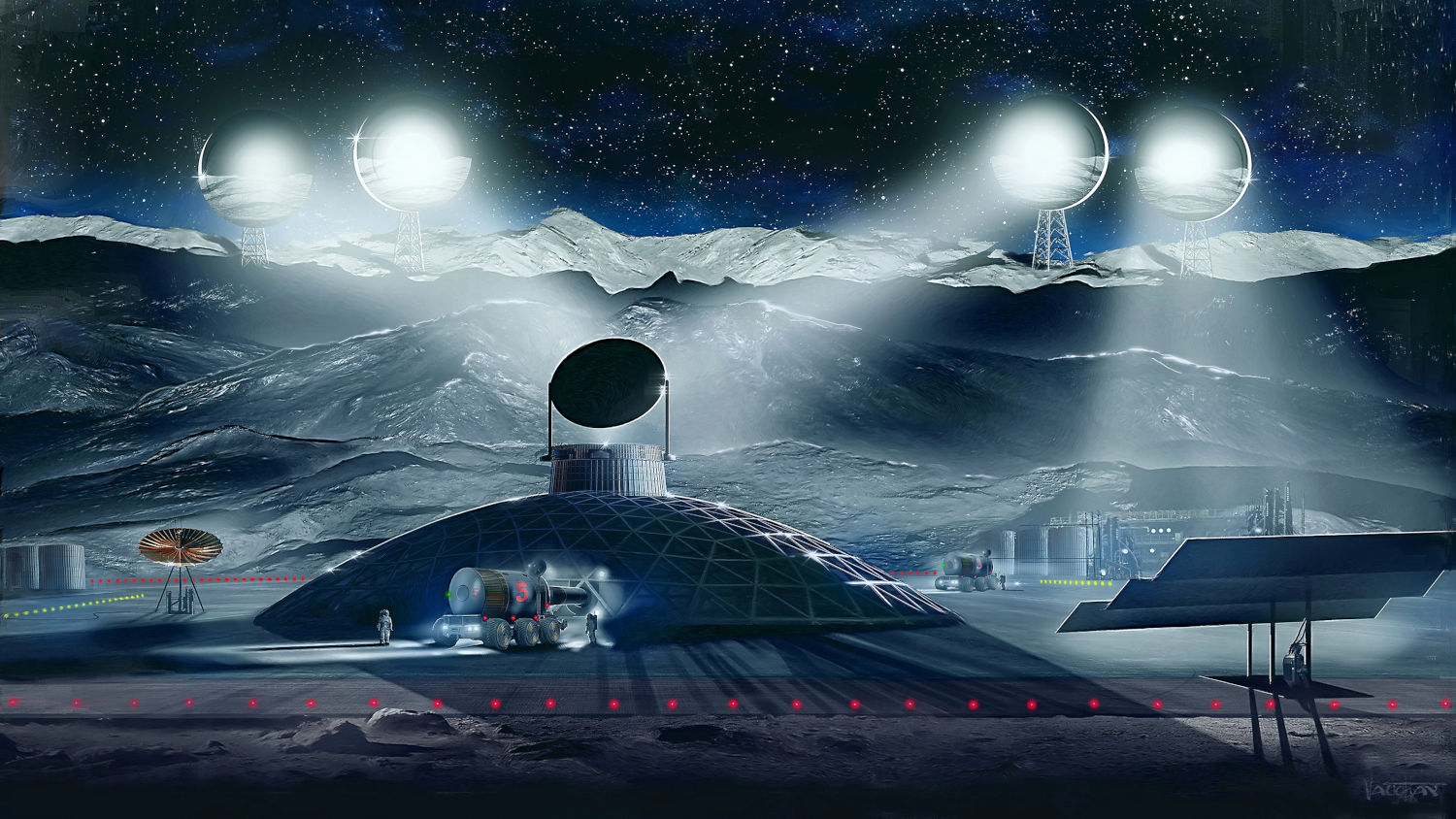India Makes Space History- Successfully Docks Satellites for the First Time!
The Indian Space Research Organisation (ISRO) has achieved a historic milestone by successfully conducting its first space docking experiment, demonstrating a capability critical for future space exploration. The mission, called SpaDeX (Space Docking Experiment), launched from Sriharikota on 30 December. It involved two small spacecraft launched on a single rocket, which separated in orbit and later docked together after a series of precise maneuvers. Originally scheduled for 7 January, the docking was rescheduled several times before its successful execution on Thursday morning.
Docking refers to the process of joining two or more fast-moving objects in space. Satellites orbit at speeds of thousands of kilometers per hour, and for docking to occur, they must align and match velocities so precisely that, relative to each other, they appear stationary. This process requires highly precise maneuvers, as even the smallest error can result in catastrophic destruction of the spacecraft.
This technology is crucial for missions involving modular space facilities, such as the International Space Station (ISS), which was assembled in orbit through multiple docking operations. Large structures like the ISS, as big as a six-bedroom house, cannot be launched into space in one piece and must be integrated in orbit. Similarly, spacecraft designed for human lunar missions are composed of multiple components. For instance, a part of the spacecraft detaches to land on the Moon and must re-dock with the main module for the return journey to Earth.
ISRO’s achievement makes India the fourth country in the world—after the United States, Russia, and China—to master space docking technology. This capability is expected to play a key role in India’s future ambitions, including the construction of a permanent space station, human space exploration, and missions like Chandrayaan-4, which aims to bring lunar samples back to Earth.
Docking in space is an exceptionally complex and delicate process due to the high speeds at which satellites travel—often thousands of kilometers per hour. For a successful docking, the spacecraft must align and match their velocities with incredible precision so that, relative to each other, they appear almost stationary.
This precision is crucial because even the smallest misalignment or error in speed can result in catastrophic collisions, potentially leading to the complete destruction of the satellites involved. Advanced navigation systems, sensors, and real-time control mechanisms are essential to ensure accurate positioning and alignment during docking.
ISRO’s recent successful demonstration of this capability highlights India’s technological expertise in executing such high-precision maneuvers, which are critical for future missions like assembling space stations, returning lunar samples, and conducting human space exploration.
The First Satellite Docking in Space
The first successful docking of two satellites in space marked a monumental achievement in the history of space exploration, demonstrating humanity’s growing capabilities in orbital mechanics and spacecraft control. This historic milestone occurred on December 15, 1965, during the Gemini 6A and Gemini 7 missions, when the two crewed spacecraft performed a close-proximity rendezvous in Earth’s orbit. Although they did not physically dock, Gemini 6A, piloted by astronauts Walter Schirra and Thomas Stafford, maneuvered to within 1 foot (0.3 meters) of Gemini 7, crewed by Frank Borman and Jim Lovell, proving that precise orbital rendezvous was possible. This achievement paved the way for more complex missions, including the first physical docking between two spacecraft, which took place on March 16, 1966, during the Gemini 8 mission. Astronauts Neil Armstrong and David Scott successfully docked their Gemini spacecraft with an uncrewed Agena target vehicle, showcasing the critical technology and techniques needed for future missions, such as the Apollo lunar landings and the construction of space stations. These early accomplishments laid the foundation for modern space exploration, enabling collaborative efforts like the International Space Station and advancing our understanding of space travel.




